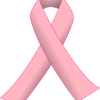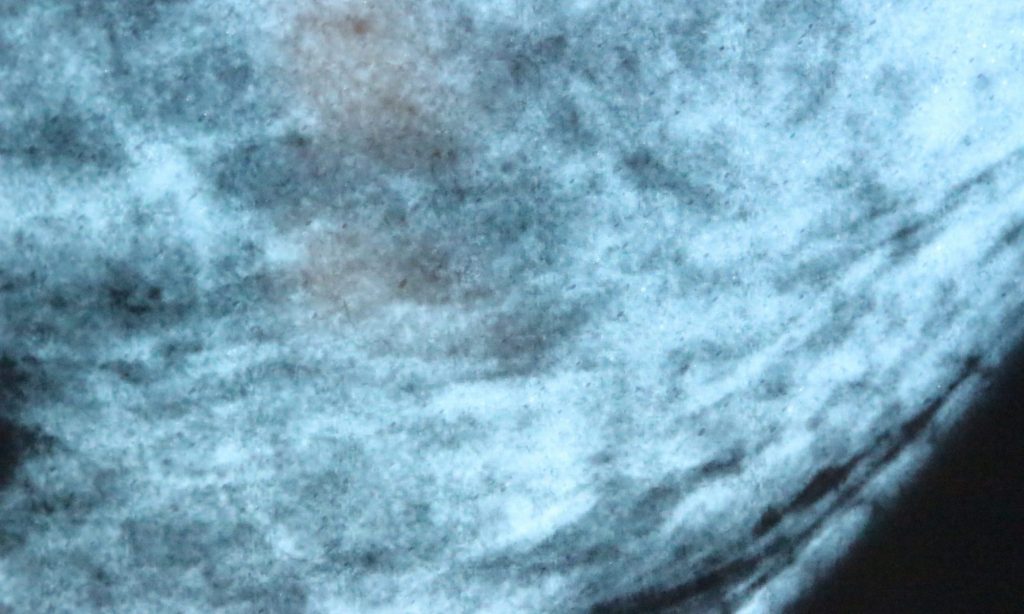
murky udders.
Fighting late diagnosis of cancer in women with dense breasts.
Mammograms fail to see over 1/2 of cancers in 1 in 10 women.

5 physicians missed my breast cancer.
Our health system fails women like me every day.
Are you like me?
1 in 10 women receiving mammograms are like me.
Help women like me get the early diagnosis they deserve.
Dense tissue is an inherited trait like hair or eye color.
Here is my song pleading for truth in imaging.
Protect our mothers, daughters and sisters.
Listen carefully!
Mammogram Busine$$
40 MILLION mammograms are done annually in the U$.
Money Generated: > $40 Billion
The denser the breast the higher the risk of cancer.
Lifetime risk of breast cancer in women with extremely dense breasts: 1 in 4
- Women with extremely dense breasts cannot depend on mammograms as their only screening tool.
- Mammograms and ultrasounds do not work well in women with extremely dense breasts because neither work well to detect calcifactions.
- Women with extremely dense breasts benefit from Breast MRI, Abbreviated MRI or a biopsy.
FATTY
SCATTERED
HETEROGENEOUS
EXTREME
Overall 40% of women receiving mammograms have dense breasts.
Mammograms fail to see 1 in 3 cancers in this large group of women.
For 2 decades these women have battled for better care.
Access to MRIs and ultrasounds has been denied.
Doctors and health plans have neglected to close this care gap delaying women’s breast cancer diagnoses.
Medical liability risk management avoids acknowledging this heritable trait and educating patients and other health care professionals.
- There is no CPT Code for abbreviated MRI
- Dense breast notification letters help physicians avoid patient education.
- The longer the breast cancer screening and diagnosis system is unchanged the more women with dense breasts continue to suffer disproportionally.
Have you read your mammogram report?
Not the letter!
An earlier diagnosis may mean
- Keeping your breast.
- Avoiding surgery to have fake breast or wearing a prosthesis.
- Less or no chemotherapy.
- Less or no radiation.
- Better Quality of Life.
- Longer Life.
You should still get a mammogram. Just know its limits.
MRIs and Ultrasounds are recommended for women with dense breasts or increased cancer risk by the American College of Radiology:
Breast Cancer Screening (acr.org)
Supplemental Breast Cancer Screening Based on Breast Density (acr.org)
About
murky udders.
Virginia’s Story
In February 2019 I felt a lumpy area in my breast. I was 48-years old. I saw a nurse practitioner and asked for an order for a diagnostic mammogram. Results reported: NORMAL. I was scared. My mother died of breast cancer at age 57. I went back to the same primary care office to see a woman physician, board certified in family medicine. She put on her purple vinyl gloves and did a speed-of-light clinical breast exam. She then stated: “I don’t feel anything.” Dismissed, I was still scared.
I decided I would walk into the same breast imaging center that did the mammogram since I saw on their website that they had physicians — who are breast surgeons. I visited them three times before the end of July. Each time they touched my breast. They told me my breasts were supposed to feel this lumpy because they were extremely dense. The said I should try vitamin E and primrose oil. I told them my husband felt the lumps.
In December of 2019, I could see the lump in my breast when I raised my arm. I had a 4-centimeter area of cancer touching my skin and the covering of my chest muscle. My breast was removed, plastic surgery done, 24 radiation treatments and I took tamoxifen. Tamoxifen probably caused me to lose some of my hair, increased my liver enzymes and the thickness of my uterus. In December 2019, I had a total hysterectomy and my ovaries removed.
Here is what I learned: BREAST CANCER IS A BIG BUSINESS. What I was not offered, on occasions, even after my diagnosis is what leaves me outraged. At times there were amazing caregivers involved. Other times, my health was betrayed due to reimbursement incentives, return on investment or legal risk.
Unfortunately and fortunately, I knew. You see, I have worked as a nurse and pharmacist. I am trained in health policy and management and finance. In 2018, I worked and fought maybe up to 80-hours just to get my out-of-network insurance claims properly processed. I chose my breast surgeon from 4 — all offering differing plans of care. I chose my radiation oncologist after interviewing five because the first radiation plan of care was for a woman with a breast.
My mammograms had a less than 50% likelihood of seeing my cancer. Those clinical breast exams, have an 80% failure rate at cancer diagnosis. No one can diagnose cancer by touch.
Take Grassroots Action before June 2023!
Secure MRI Access for Women with Dense Breasts.
Contact your NC Legislator about
Senate Bill 584: Senate Bill 584 (2023-2024 Session) – North Carolina General Assembly (ncleg.gov)
House Bill 560: House Bill 560 (2023-2024 Session) – North Carolina General Assembly (ncleg.gov)
Reference
1. Dense Breasts: Answers to Commonly Asked Questions – NCI (cancer.gov); MQSA National Statistics | FDA; About 40 MILLION mammograms are performed each year in the U.S.A.
2. Euler-Chelpin et al., Sensitivity of Mammography by Density and Texture: A Cohort Study from a population based screening program in Denmark; Breast Cancer Research 21, 111, 2019.
3. Management of Women With Dense Breasts Diagnosed by Mammography (acog.org)
Disclaimer: This website, its stories and all other content are for educational purposes. The information provided or gained is not intended to be used as individualized advice and is not a substitute for that advice. Readers should seek advice based on the reader’s individual circumstances from medical and other professional advisors.
Copyright © 2023